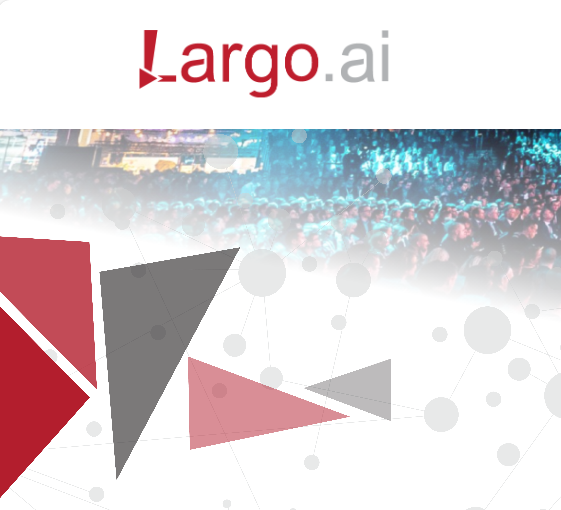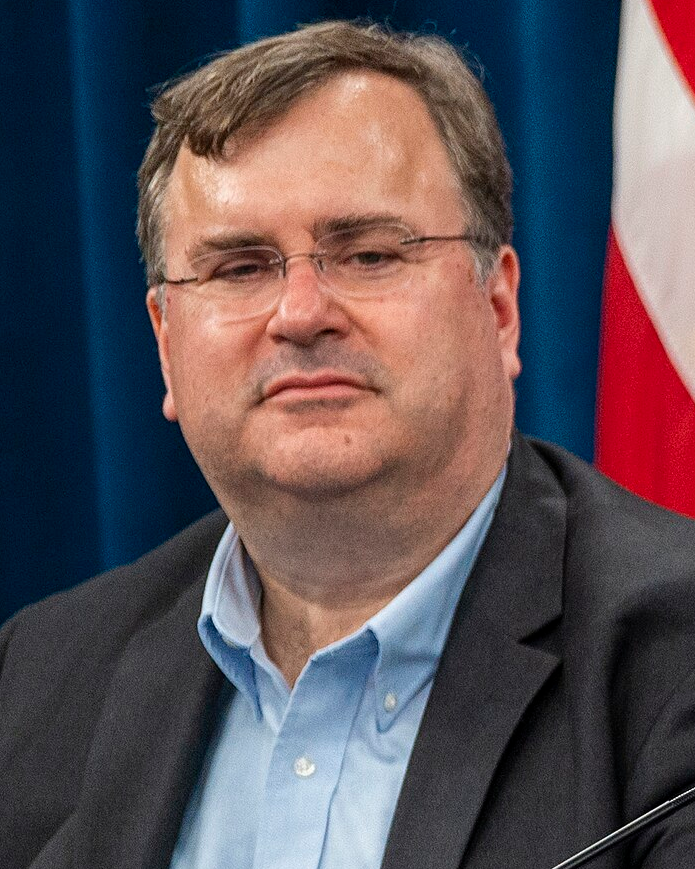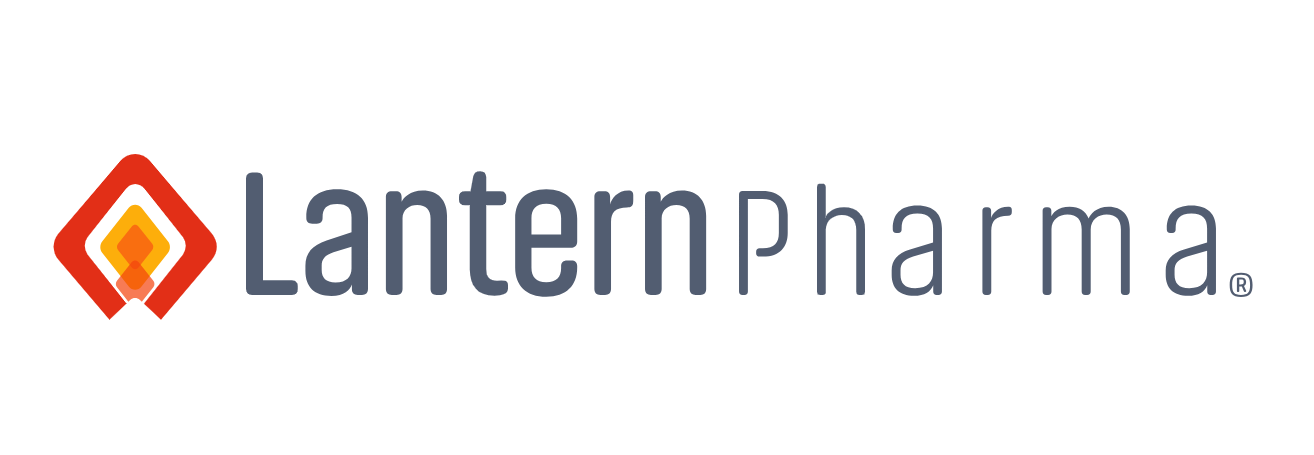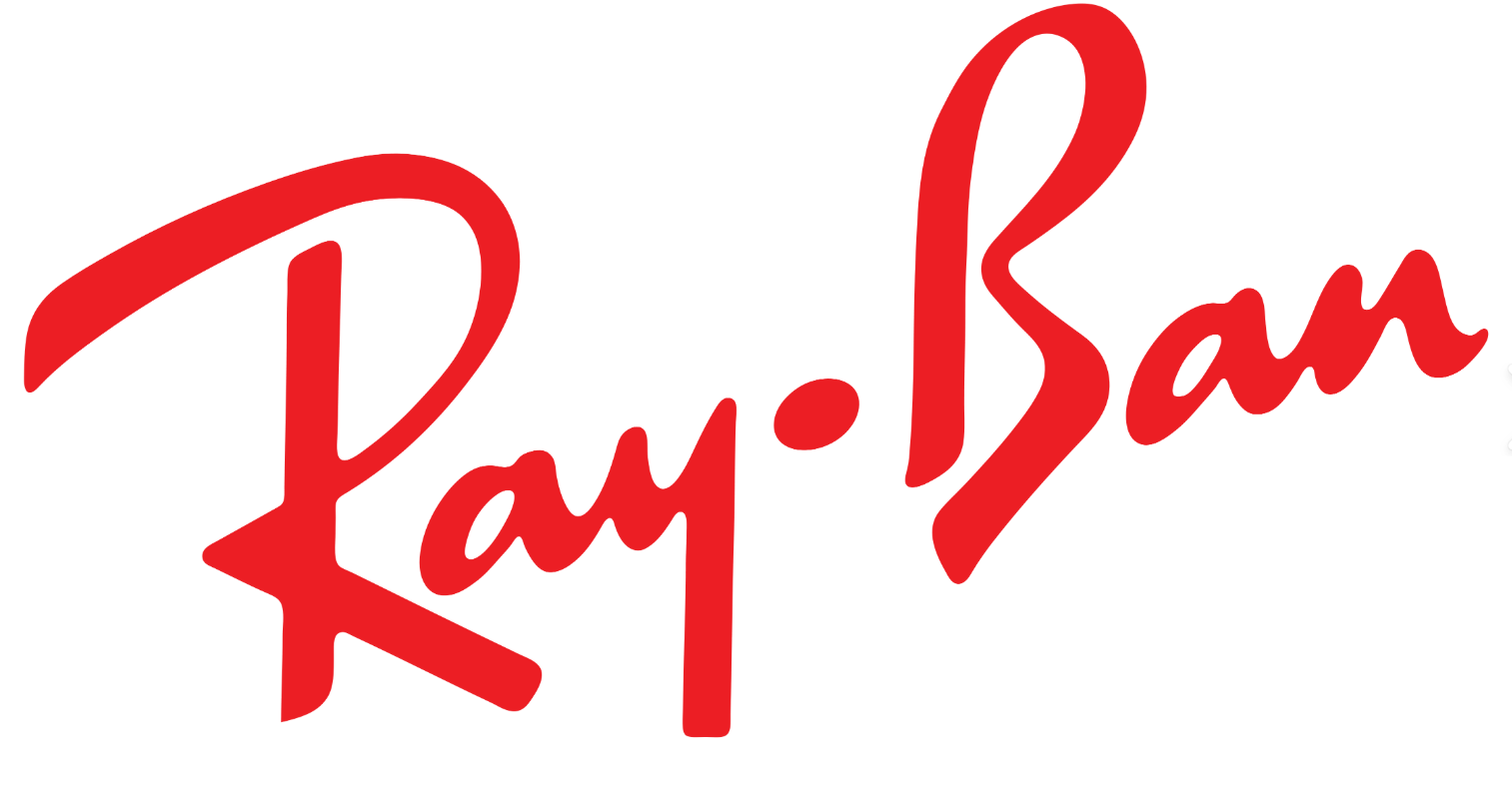In a recent interview following Intel’s latest earnings report, CEO Pat Gelsinger opened up about the company’s ambitious path forward in AI and chip manufacturing amid a fiercely competitive market. Despite recent challenges, including headcount reductions and sluggish AI chip sales, Gelsinger remains resolute about Intel’s ability to carve out a prominent role in AI and sustain its manufacturing prowess.
Reflecting on Intel’s mission to solidify its AI offerings, Gelsinger articulated a strategic shift in Intel’s approach to AI: “We see it moving from a cloud training role to an edge role inferencing for the future.” As the company pivots toward AI inferencing, which processes data locally rather than relying on massive cloud servers, Gelsinger underlined Intel’s focus on building devices that can leverage AI models closer to end users, enhancing responsiveness and privacy.
Intel’s AI journey, however, hasn’t been without setbacks. Its Gaudi AI accelerator chip, designed to compete against dominant players like NVIDIA, hasn’t gained as much traction as initially projected.
“The software robustness and completeness of the AI stack has not been as great,” Gelsinger acknowledged, a factor he believes impacted Gaudi’s market adoption. To overcome this, Intel is ramping up efforts on both software and hardware, with Gelsinger noting: “We feel we have a solid position, and the world is coming to more on-device AI use cases.”
Intel’s evolution under Gelsinger also includes strategic cost-cutting measures and a recalibration of company size. Speaking to recent restructuring, he said: “It was a challenging quarter… but to deliver better than expected results if we eliminate one-time charges and take guidance up for Q4, I’m proud of our team.” With a clear focus on financial sustainability, Gelsinger projects a leaner, more agile Intel ready to meet market demands.
Part of Intel’s growth strategy lies in the diversification of its business model, particularly its foundry business, which aims to produce chips for other companies — a significant departure from Intel’s historical reliance on its own products. Gelsinger expressed optimism about this pivot, revealing that they’ve secured major clients, including Amazon, for custom chip manufacturing.
“We are seeing that business come to life,” said Gelsinger. “We have now been at it a couple years and are seeing the results of the hard work.”
Another aspect of Intel’s comeback involves harnessing the momentum of the bipartisan CHIPS Act, aimed at bolstering domestic semiconductor production. While Gelsinger has been critical of the speed of fund allocation, he remains hopeful about Intel’s role in strengthening U.S. semiconductor manufacturing. He said: “The importance of this industry, the importance of rebuilding the supply chain and manufacturing, is well supported and Intel, as a designer, R&D, and manufacturer, is unique in the United States.”
Gelsinger’s focus on AI, restructuring, and foundry expansion reflects Intel’s desire to reclaim its position as a technology leader. Despite competition and market pressure, he remains steadfast in his vision for Intel’s future.
“We feel well set up for the future,” he said, “and good operational results that exceeded market expectations. With increased guidance for Q4, we feel like we are in a very solid position.”
As Gelsinger leads Intel through transformative changes, he acknowledges the hurdles but remains undeterred. For Intel, the journey to redefine itself in AI and foundry services could mark a pivotal moment, reshaping the company’s legacy in a rapidly evolving tech landscape.






